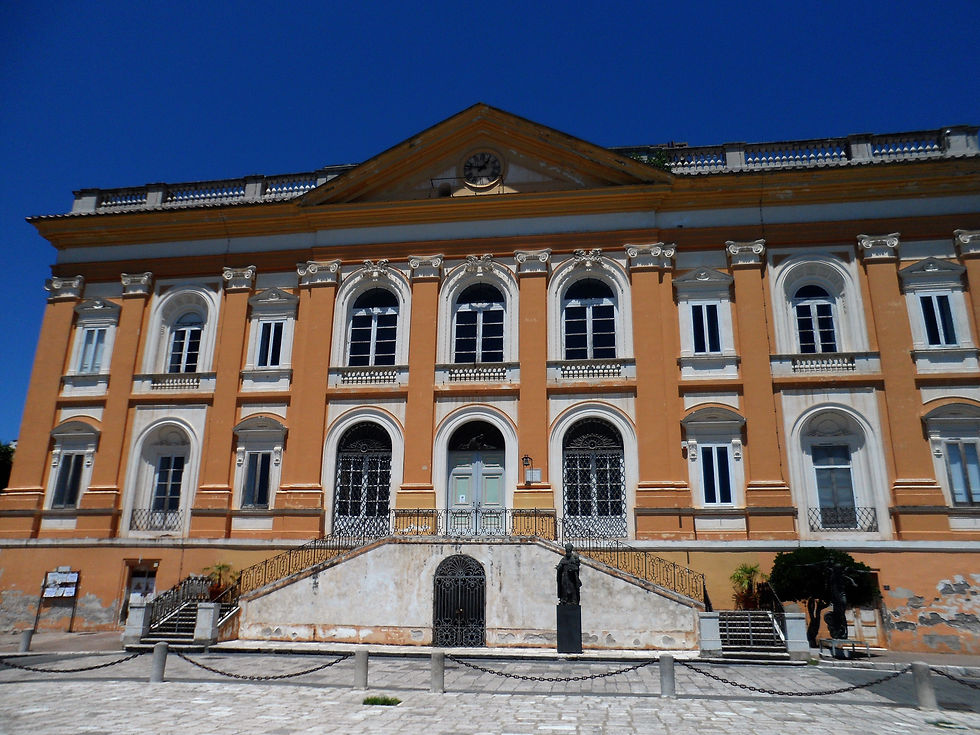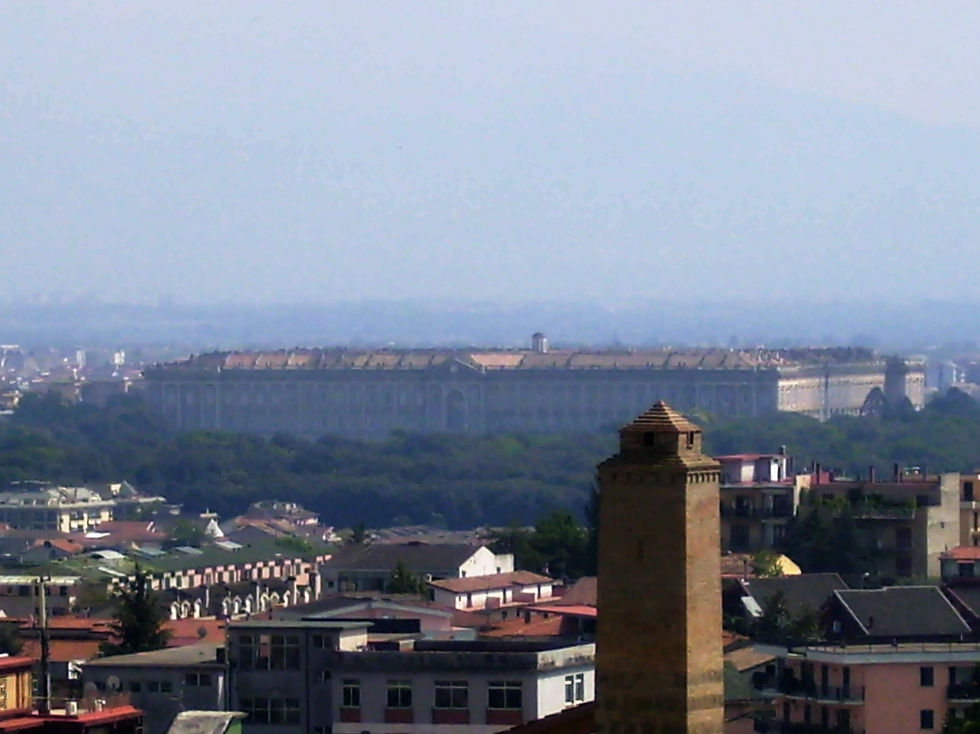Royal Site of San Leucio: the other side of Caserta
- Angelo, Adele e Genny
- Jun 16, 2021
- 3 min read
Updated: Dec 17, 2022
At the beginning of our blog, four years ago, we dedicated one of the first posts to the Royal Palace of Caserta, which was and still is one of the most visited tourist attractions in the Campania Region. Well, today we want to talk to you about another Bourbon "location", the Royal Site of San Leucio (*), a very interesting creation by Ferdinand IV of Bourbon.
To do this we will use the information contained in the official website of the structure which is https://www.sanleucio.it/sanleucio/; we invite you to consult it for the detailed historical information contained therein.
The site also contains information (timetables and fares) to organize the guided tour; we require the presence of a companion to go to the ticket office, located at the top of a staircase.
For our part we limit ourselves to saying that the Borgo di San Leucio, the extreme northern edge of the park of the Royal Palace of Caserta, was purchased in 1750 by Charles of Bourbon; between the sixteenth and seventeenth centuries Andrea Matteo di Acquaviva, lord of Caserta, had built a splendid palace with a view of the valley and the palace. The palace became the country residence of the sovereigns who loved to go hunting here and participate in the rural activities of the local inhabitants.
In 1778 King Ferdinand IV, who succeeded Charles who had become King of Spain in the meantime, decided to start the silk manufacturing; to do this the building was transformed into a factory becoming the advanced central body of a large rectangular building with an internal courtyard, including the normal school, the houses for the teachers and directors, the rooms for reeling, spinning and dyeing of silk.
The machines were powered by the water of the Carolino Aqueduct, another impressive building built by Charles of Bourbon on a project by Luigi Vanvitelli (https://www.reggiadicaserta.beniculturali.it/acquedotto-carolino/).
But perhaps the most significant thing, given the time, is that the workers were housed in workers' quarters, built starting in 1786, when the renovation of the building was completed; these are terraced houses that develop on the sides of the majestic entrance arch to the village and which came to house a nucleus of 17 families and 214 people, who made up the Colony of San Leucio. The King, in order to regulate the life of his colonists, promulgated a Code of Laws in 1789, based on equal pay between men and women, respect and meritocracy. Let's start taking a look at the images:











Let's now take a look at the machines used for the production and processing of silk, whose operation is illustrated in a clear and understandable way by the guides accompanying visitors:










Let's now look at the Royal Apartments, upstairs from the facilities. We will admire the rooms, the furnishings and the clothes:























A look from above on the Royal Gardens, currently not open to visitors:


From a window of the building we see the valley and a part of the houses of the workers, some of which have been restored and are now inhabited:


The Royal Palace seen from the Belvedere:

What else to say about San Leucio? With the unification of Italy the assets of the Bourbons became state-owned and in 1865 the practice of renting the plant to private individuals began, until 1910, when the last assignee company went bankrupt. In 1920 the factory was reopened by the De Negri family who in 1970 transferred the production to a new factory. Since then many industries, large and small, have continued to produce beautiful fabrics for national and international markets. Just to say, in the Oval Room of the White House or in Buckingham Palace there are national flags made with silks of San Leucio, which has become a World Heritage Site since 1997. Overall the visit was very interesting and the explanations very comprehensive; from the point of view of accessibility we are only sorry that the hall of the ancient looms could not be visited because the elevator was broken, but most of the building was made accessible for us with a worthy elevator. As for the accessible restaurants in the area, the closest is this agritourism: Agri Bernardo (*) SP 210 San Leucio - Castel Morrone https://www.facebook.com/Agriturismo-Agri-Bernardo-311307428885832/ +39 389 512 4133 (*) symbol indicating the presence of toilets equipped for the disabled

Comments